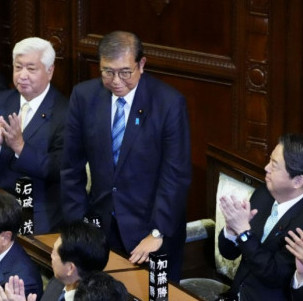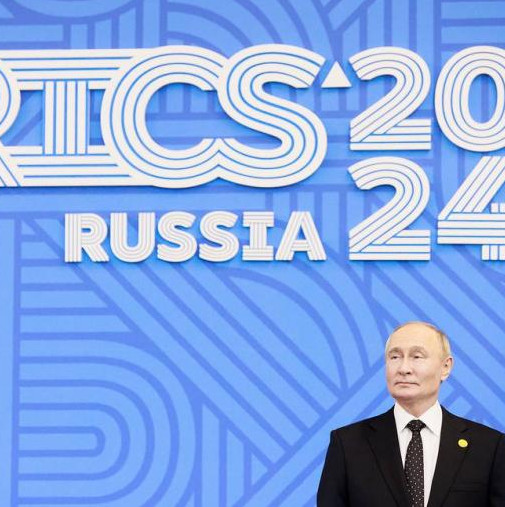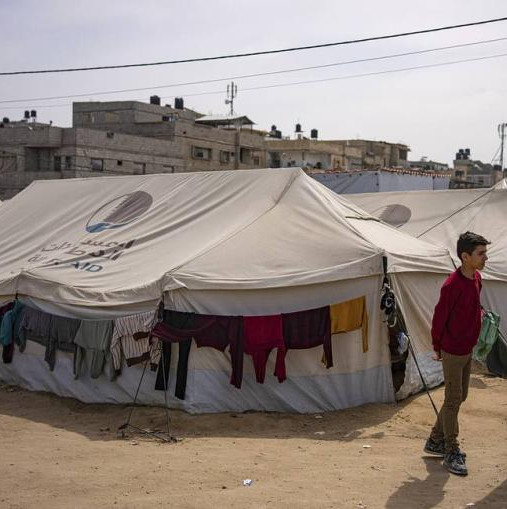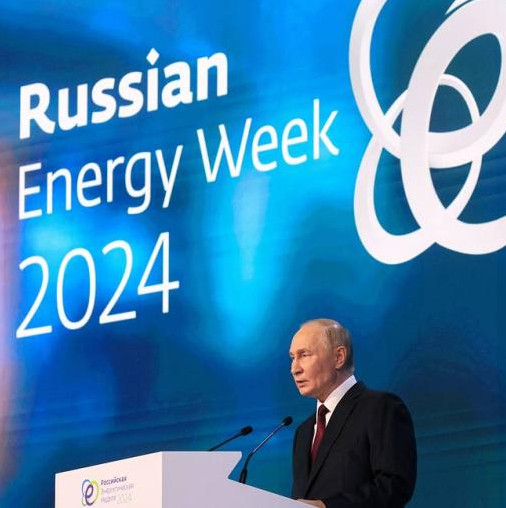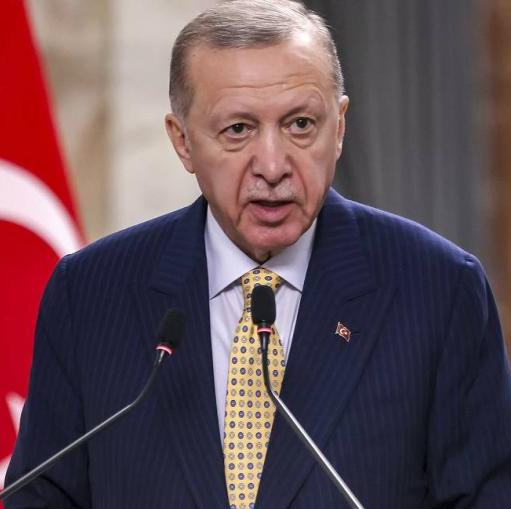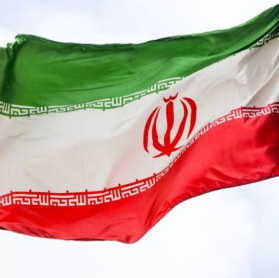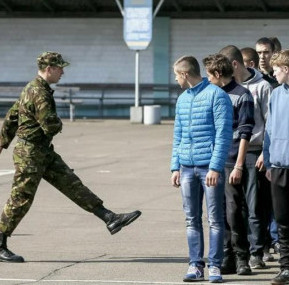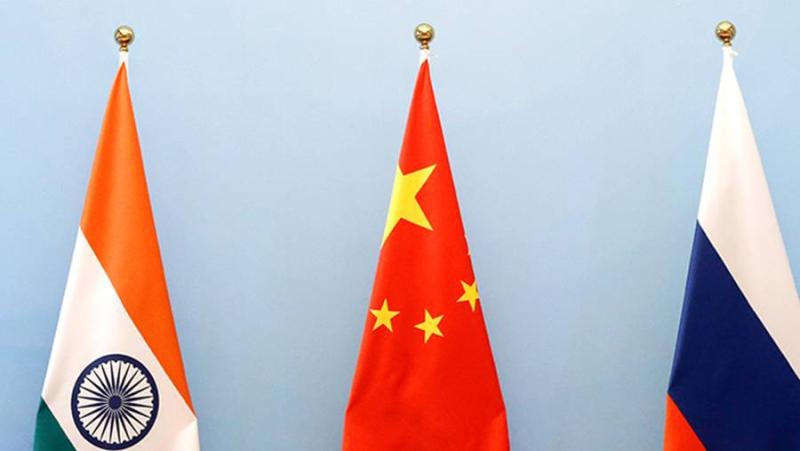
© Alexander Shcherbak/TASS
On September 1 to 7, strategic command and staff exercises Vostok 2022 took place at seven ranges of Russia’s Eastern Military District, having brought together over 50 thousand people, more than 5 thousand units of weapons and military equipment, 140 aircraft, 60 warships, boats and support vessels. The drills were led by Chief of Russia’s General Staff Valery Gerasimov.
Various options for actions by cross-branch and coalition groups of troops aimed to ensure military security of Russia and its allies in the Eastern Military District’s area of engagement (for which read the Asia-Pacific Region) were worked out. During the maneuvers, fundamental tactical movements took place at Primorye’s Sergeyevsky training ground designed to conduct cross-branch and joint exercises involving all types of weapons, including bombs up to 500 kg and short-range ballistic missiles of the Iskander M complex.
September 6 saw this training ground welcome Commander-in-Chief of the Russian Armed Forces, President Vladimir Putin, who observed the exercises on a real-time basis. The very same day, he had a closed-door meeting with Russian Defense Minister Sergei Shoigu and Chief of the General Staff of the country’s Armed Forces Valery Gerasimov. The event’s content has been kept secret.
In the Sea of Japan, forces of the Pacific Fleet of Russia and the Chinese Navy practiced joint actions to defend naval communications and areas of maritime economic activity, support land forces along the Primorsky direction. Among the locations there were also the Burduny, Goryachiye Klyuchi, Knyaze-Volkonsky, Lagunnoye, Sergeyevsky, Telemba and Uspenovsky ranges and Okhotsk Sea coastal zones.
The drills’ scale is indicated both by the number of military personnel and equipment engaged, and the list of countries involved. Apart from the Russian military personnel, they attracted some two thousand foreign military personnel, including from Belarus, India, China and Mongolia. CSTO and SCO observers were also present there, as well as delegations from Azerbaijan, Algeria, Laos, Nicaragua, Syria and other countries.
Notably, Vostok 2022 caused quite a stir in the West. Many Western media commented upon the exercises in eager rivalry, focusing on their composition and objectives. Thus, America’s Bloomberg agency said Russian President Vladimir Putin defied the West by inviting the military from China and India. He "pushes back against attempts by the US and its allies to isolate him over his invasion of Ukraine," the outlet pointed out.
The author of the piece also noticed India’s first-time engagement in exercises of this scale, even though “the US is wooing India as a defense partner and urging it not to undermine international sanctions on Russia over the war in Ukraine.” Still, New Delhi sent a small 75-strong military detachment to the drills, including Gurkha troops (soldiers native to the Indian Subcontinent, chiefly residing within Nepal and some parts of Northeast India) and representatives from the navy and air force.
The agency also snatched the opportunity to note that India is still neutral as regards the crisis around Ukraine, “partly because of its reliance on Moscow as its main weapons supplier.” And even when the United States urged it to join anti-Russian sanctions, New Delhi did not resort to the move.
Another country to express concerns over the Vostok 2022 exercises was the UK, having perceived them as an "ominous threat". For instance, the Daily Express newspaper saw the drills as a demonstration of close military cooperation between Russia and China, and deemed it as Moscow's response to Western support for Ukraine and Taiwan. "Vladimir Putin and Xi Jinping are sending an ominous threat to the West as they prepare to amass 50,000 soldiers within 48 hours," the outlet wrote. The Kremlin, it added, “drew parallels between US support for Ukraine and US Speaker of the House Nancy Pelosi’s trip to Taiwan, saying both were part of alleged American efforts to foment global instability."
The author pointed out President Putin earlier criticism concerning Pelosi's visit to Taipei as not just a trip of an individual irresponsible politician, but a brazen demonstration of disrespect towards another country’s sovereignty and a carefully planned provocation. This entailed closer rapprochement between Russia and China, and the drills "sparked fears that Moscow and Beijing could develop a formal military alliance," the British outlet concluded.
Indeed, experts unanimously note China’s first-time decision to send its military personnel of all the three services – the army, the navy and the air force – to the Vostok 2022 exercises. Previously, they only conducted them separately with Russia. And having been brought them together, the sides may work out more complex issues of battle training, pundits claim. It stands to reason therefore that China’s Global Times newspaper highlighted the maneuvers’ focus on potential threats, especially from the United States in the Pacific region.
The Japanese NHK public broadcaster did not overlook this fact, either. It said China and Russia were strengthening military cooperation, despite the situation in Ukraine. Thus, the Tokyo Quad meeting in May this year involving the United States, Japan, Australia, and India saw Russian and Chinese military aircraft perform a joint flight along the Japanese coast. Tokyo regarded this muscle-flexing as directed against the Quad member states, including Japan itself.
To sum up the above, let’s say that this year’s large-scale maneuvers are neither the first titled Vostok, nor the first Russian-Chinese ones, nor the first to involve quite a number of partner countries, including from the CSTO and the SCO. Nevertheless, the list of participants has been particularly wide this time, making the exercises stand out of the crowd. Well, if the goal was to demonstrate the failure of Western counties’ stake on Russia's global isolation, it's fair to call the mission accomplished. After all, the number of countries engaged (14, including India and China) is really impressive.
